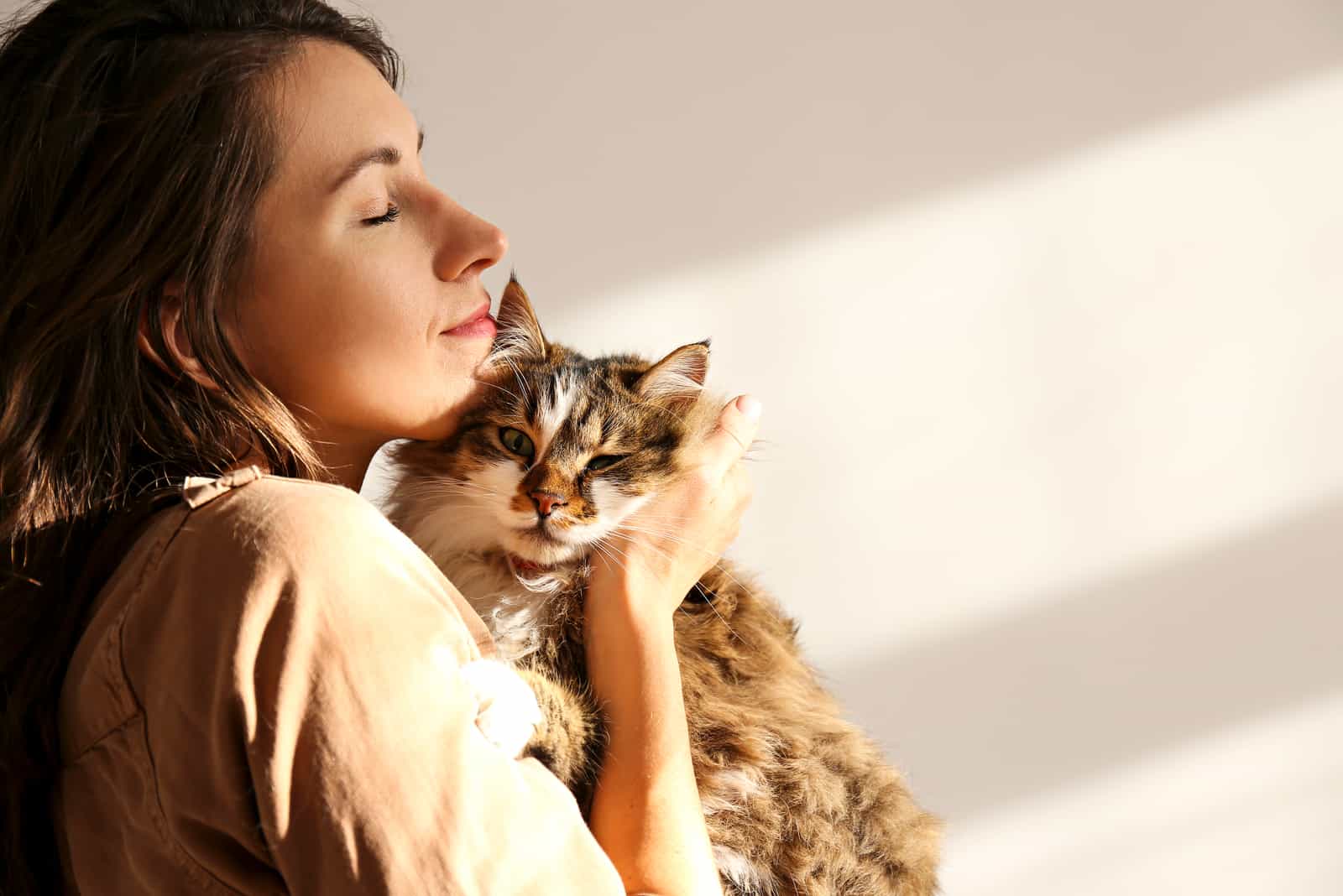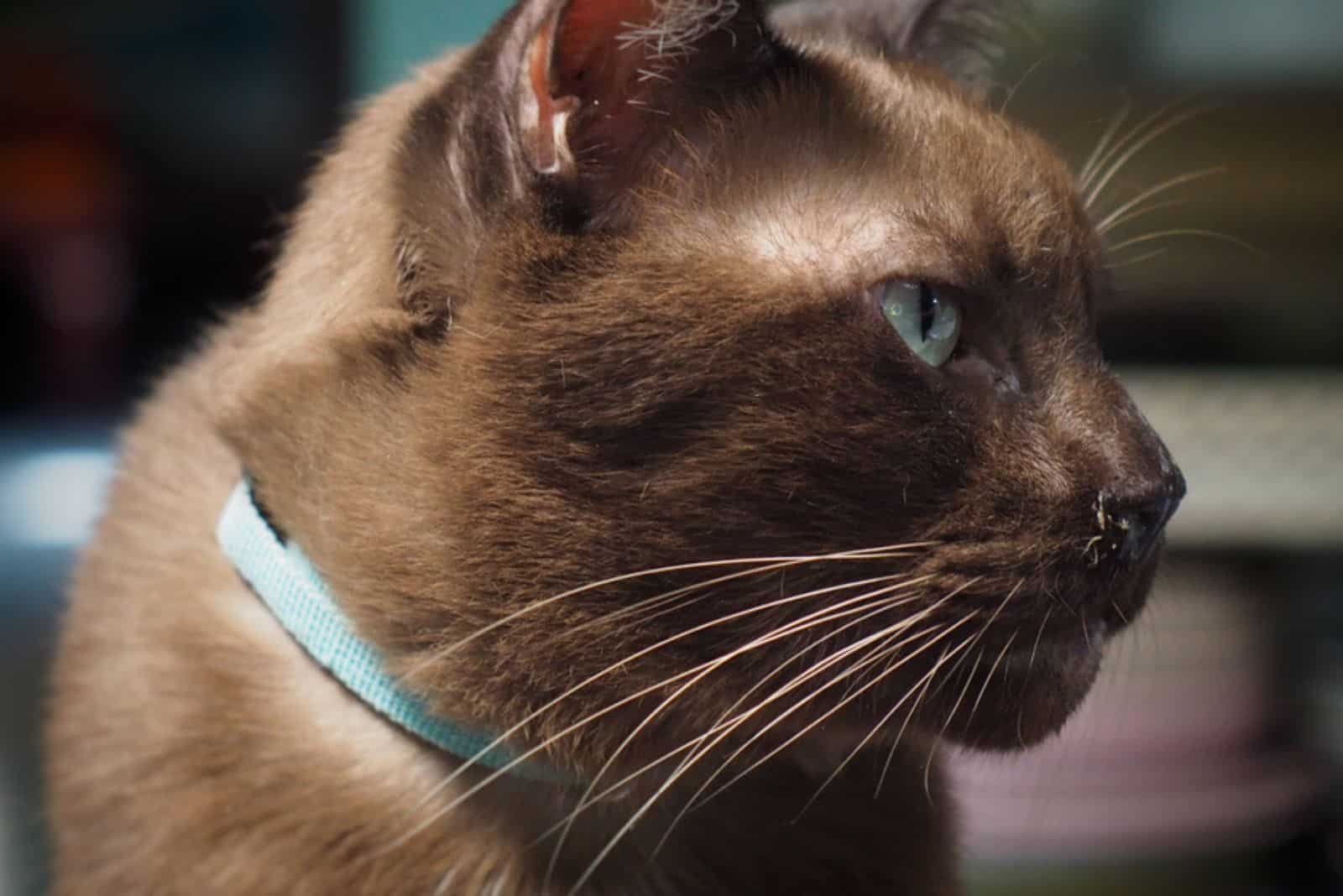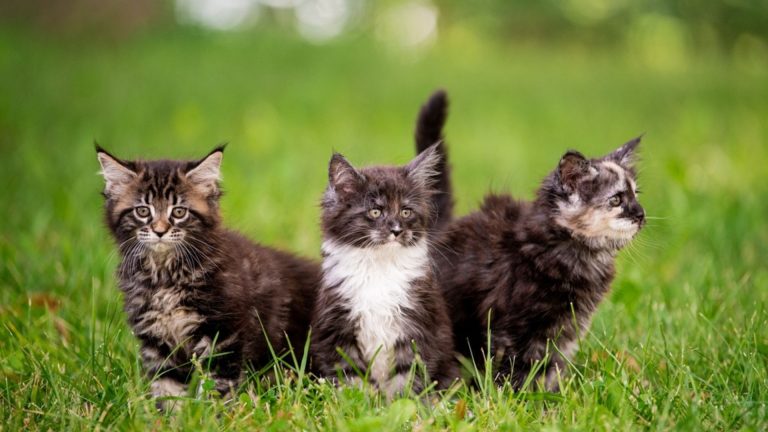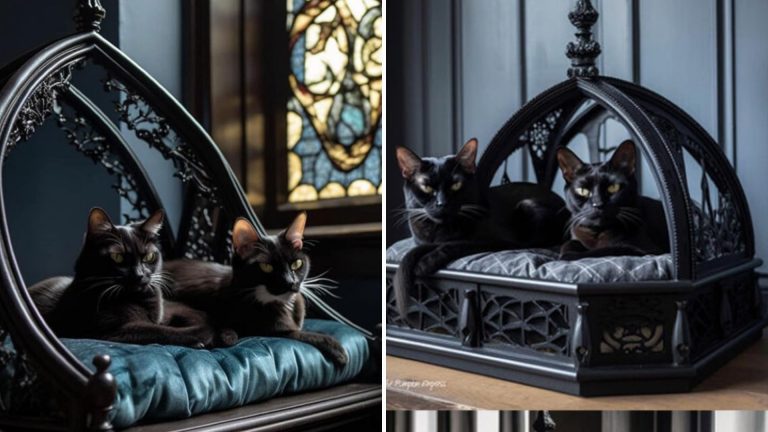How To Calculate Cat Years To Human Years? Complete Guide

As your cat ages, you can expect there to be some behavioral changes as well as changes in its appearance. There will probably be more meowing, and its need for your attention will be even more prominent.
Once your adult cat reaches its senior years, you may notice some missing teeth, coarser fur, and your cat’s overall health condition won’t be the same as it used to be.
For many reasons, it is essential to know how old your cat is. You want your cat to have the proper nutrition and the right amount of exercise. You want it to maintain a healthy weight, and all that goes with it.
Furthermore, when it comes to converting cat years to human years, it’s always interesting to see how old and wise our furry friends are.
Guidelines For Converting Cat Years To Human Years
In case you don’t really know the exact date of your cat’s birth, or you’ve adopted a rescue kitty and don’t know how old it is, you can check out this table for a general overview of the cat’s life stages and years of life.
For example, a one-year-old cat has a 15-year-old human equivalent. Doesn’t it sound crazy? Let’s see what human age is equivalent to the second year of a cat’s life, and so on.

Perhaps you have adopted a stray cat or an older cat, and you want to know how old is my cat exactly.
Well, it can be tricky, but by following some general guidelines, you might come close to guessing your cat’s age! The following traits vary from cat to cat, their health, etc.
Cat’s Teeth
In general, the discoloration of the teeth gets more evident as your cat gets older. White teeth usually means great dental hygiene, and also that the cat is probably one year old or younger. If yellowing occurs, the cat could be between the ages of 1 and 2.
Tartar build-up starts to occur between the ages of 3 and 5. Certain diets can promote tartar build-up, and no tartar is a sign of good dental care. Tooth loss can mean your cat is aging, but health problems and other causes can also lead to tooth loss.
Read more about it: Cat Teeth Age Chart: How Old Is My Cat According To Her Teeth?
Cat’s Fur
The older the cat, the thicker and coarser its fur. Remember that different breeds have different coat thicknesses and can naturally have silky or thicker coats at any age. Old cats may have white or gray spots.
Cat’s Muscle Tone
Young cats are typically more muscular than senior cats, and older cats are generally bonier with excess skin. As cats age, their shoulder bones become more prominent.
Cat’s Eyes
Depending on their health and cat breed, young cats tend to have very bright, clear eyes and usually no discharge. As cats get older, their irises may appear blurry.
Cloudy eyes may indicate an older cat, but it may also mean the cat has a health problem that needs immediate attention.
See your veterinarian as soon as possible if your cat has watery eyes or is frequently squinting. Certain eye conditions can worsen rapidly and cause discomfort if not treated immediately.
You might also be interested in: Why Does My Cat’s Fur Look Separated? Tips For Improvement
How Do We Convert Cat Years To Human Years

A common misconception says that one cat year is the same as seven human years. This is not the case. Cats do age faster than people, but the 7-year rule does not apply here.
Cats reach maturity much faster than people, and once this happens, they don’t age as fast anymore. Once your cat gets to adulthood, its aging starts to slow down. We cannot just set the exact number that is the same for every following cat year.
As is shown in the table above, you can easily count it. For example, it is said that the equivalent of 15 human years is only one year of a cat’s age. But this is only applicable to a cat’s first year of life. Later on, the numbers are smaller.
By the time your cat is two years old, it is thought to be around 24 years old in human years. And then, from two years of age onward, cats are believed to age for approximately four human years per one cat year.
How Long Is The Average Lifespan Of Cats

The average life expectancy of cats is around 18 years, depending on the breed and the overall condition of the specific cat. Some cats might live a lot longer than 18, and many of them are known to live to around 21 years of age.
Some cat breeds are more prone to certain health issues, while others are known to typically have a long lifespan. According to some veterinary experts, indoor cats actually live longer than most outdoor cats.
This is mostly because outdoor cats face more dangers in their everyday lives. They are more vulnerable and at risk of predators, poison, and other diseases that indoor cats don’t come into contact with.
However, we cannot guarantee that your outdoor cat will live a shorter life or that your indoor cat won’t get ill and suffer some medical condition that will make its lifespan shorter.
By feeding your cat a balanced diet and maintaining a healthy weight, you can help keep your cat active and agile, and it might extend its lifespan.
Can I Make My Cat Live Longer?
It is natural for cat owners to want their fur babies to live forever. While we cannot guarantee it, there are some simple things you can do on a daily basis to improve your cat’s life.
Diet and exercise, just like in humans, play an important role in your cat’s longevity. They are also two of the few aspects you have control over. Feeding your cat a high-quality, well-balanced diet will keep them healthy and happy throughout their life.
Also, keep in mind that the dietary requirements of cats change as they age. So talk to your vet about the best diet for your cat at this stage of life. Furthermore, physical activity is necessary for good cat health.
These insights can assist you in recognizing any changes in your cat’s habits, allowing you to quickly identify unusual behavior and make any required lifestyle changes.
Common Signs Of A Senior Cat

Cats, like humans, exhibit some tell-tale indications of senior status. As your cat ages, it’s important to keep an eye out for any changes, as extreme changes could indicate serious health issues. Some common signs of senior cats include:
• excessive discharge from the eyes
• confusion/disorientation
• decreased mobility
• thicker and duller coat with grayish hairs
• frequent urination
• cloudiness in the cat’s eyes
• loss of weight and muscle tone
Senior cats may develop dementia in addition to physical decline. Frequent mewing, disorientation, and too much sleep are all common symptoms of feline dementia.
Senior cats can still have many happy years ahead of them, so don’t be sad or upset if your cat is slowing down.
Simple activity or diet changes, such as a special food diet, can help your senior cat enjoy their golden years. If you’re not sure how old your cat is, you can always consult with your vet. Your vet will examine your cat and will be able to estimate your cat’s age.
See also: Cat With Black Whiskers – Is Your Furry Friend Getting Older?
Indoor Cat Vs. Outdoor Cat’s Life Expectancy

Another factor that may influence how cats age is whether they are indoor or outdoor cats. Indoor cats, according to experts, are less likely to suffer trauma and be exposed to certain infectious diseases, potentially leading to longer lifespans.
Indoor cats may also be more vulnerable to illness because of space constraints. The opposite is true for outdoor cats. While outdoor cats can gain a lot from a natural, dynamic environment, they are at a much higher risk of trauma and illness.
Eventually, it’s up to every cat parent to determine which of these lifestyle options is best for their cat, but it is worth knowing that this decision may influence how your cat ages.
Final Thoughts
As we all know, a number of factors affect your cat’s overall health and well-being. Frequent vet visits are crucial for keeping your cat healthy, and you should feed your pet a nutrient-rich diet.
Reduce the number of caloric treats you give your cat and replace them with low-calorie snacks and healthy treats such as those with pumpkin, for example.
Exercise is extremely important for your cat’s health (both physical and mental), so make sure your cat gets a variety of toys as well as interactive playtime with you. Cat scratching posts and cat trees are also wise purchases. While our feline friends always leave us before we’re ready, we can do everything we can to give them long and fulfilling lives. Especially now that you know how old your cat really is and you can care for it according to its current life stage.






